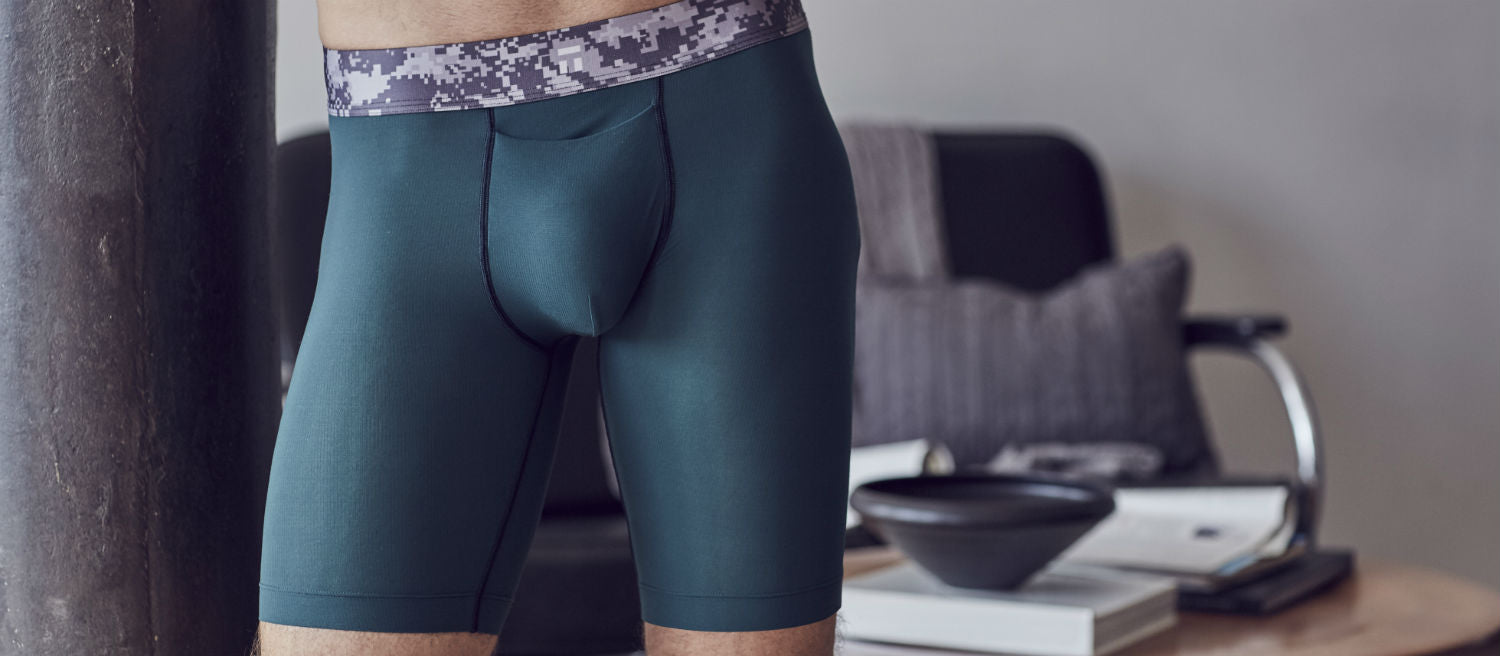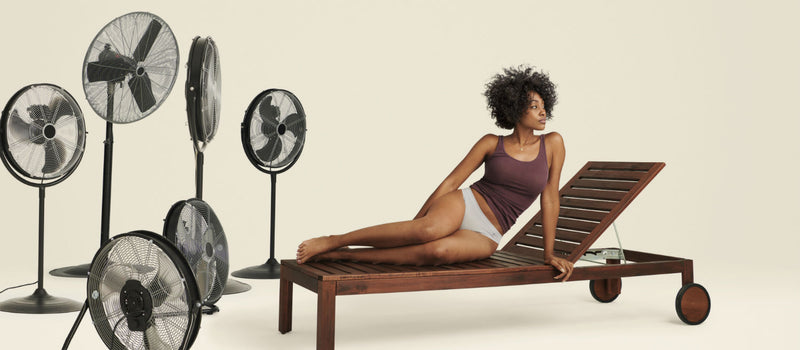
The Bizarre Story Behind Boxer Shorts' Invention (and Reinvention)
As children, boys don’t put much thought into the underwear their parents buy them. Sure, they might favor a particular cartoon hero, but more or less, they grab whatever is in the underwear drawer without any second-guessing. Even when they grow out of superhero underoos, a lot of guys tend to stick with the style their parents got them when they graduated out of diapers. No one else will see them, so what does it matter what they wear?
But then puberty hits and the living nightmare that is middle school gym class skewers the bubble. For many guys who grew up in the ’90s and 2000s, a little locker room teasing was all it took to force a switch from briefs to boxers. But where did boxers come from in the first place? How did they become the standard-issue cool-kid underwear of the last few generations? And why are these trends changing so quickly in the age of digital duds? Let’s dig into the odd backstory behind boxer shorts.
The champion’s choice
Boxer shorts as we know them today were first designed for—you guessed it—boxers. In 1925, Jacob Golomb, founder of Everlast, designed trunks with elastic bands to give fighters more freedom for their footwork. Boxers were happy to change out of the leather belt-fastened tights that hindered their movement. Companies marketed a lightweight version of the trunks as an undergarment.
Boxers were the first advancement in men’s underwear of the 20th century, but they weren’t an instant success. Men complained of a lack of support and most stuck to their long johns. A decade later, briefs entered the ring. They found quick popularity and replaced the Victorian era flannel drawers.
Boxers get drafted
Boxer shorts didn’t gain a leg up until the military issued them to soldiers in World War II. Veterans were used to the freedom and comfort the shorts offered and kept their preference when they came home. War heroes have long been the standard-bearer of conventional masculinity, and, with their endorsement, boxer shorts were finally able to dominate the fight.
Boxer shorts held their popularity until sexier, low-riding briefs came out in the ’70s. The long, high-waisted shorts pulled up to the navel looked antique and uncool in comparison.
From Hip to Unhip (And Back Again)
So why did kids in the 90s feel like dorks in the locker room? Their peers weren’t linking boxers to war heroes when they were teasing their friends in tighty whities. Through the 70s and 80s, fashion designers flipped men’s underwear from utility item to fashion statement. By lowering the waist and adding designer logos, designers made it okay to be seen in boxers again. Boxers featured prominently in high-end catalogs of the time.
But it was a jeans commercial that helped boxers hit their peak. They hit record sales in the late 80s after a series of ads featured heartthrobs like Nick Kamen and Brad Pitt wearing white boxer shorts. There was suddenly an undeniably sexy, edgy appeal to boxers that won over a lot of younger consumers. The pendulum had swung back again - and the new boxers were perfect for showing off under sagging jeans.
Ready for Savvier Shorts?
Even today, most men don’t spend a lot of time deliberating between boxers and briefs. They find their preference in their formative years with a little sway from family and friends. Many follow in the footsteps of the sex icon du jour. Some may have heard a misconception linking tight-fitting briefs and low sperm count and wanted to preserve their manhood. But once they’ve made their choice, they tend to stick with it until it is in tatters.
Here’s the good news: Even if you think you know boxer shorts, you’re in for a surprise. In the last few years, Tommy John has reinvented the boxer. No need to compromise—these relaxed fit boxers offer the traditional loose fit without riding up as you move. The non-rolling waistband keeps your underwear in place without leaving any marks when it’s time to strip down. Plus, the contour pouch provides the support lacking in generic department store packs. With all the advancements buffing them up, boxers show no signs of giving up the fight.

The 5 Eternal Rules of Thong Ownership
